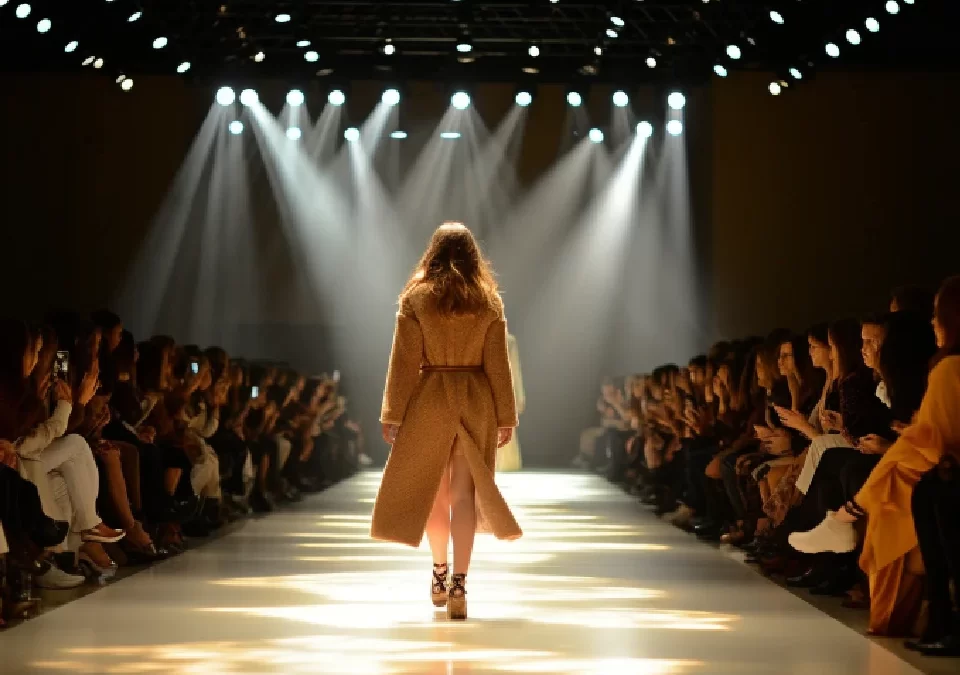How to Plan a Successful Fashion Show Event: 10 Key Steps
Fashion shows are glamorous and high-profile events that require meticulous planning and execution. Whether you’re an aspiring fashion designer, an event organizer, or a fashion enthusiast looking to host a fashion show, this article will guide you through the essential steps to ensure a successful and memorable event. From conceptualization to post-show follow-up, here are ten key steps to help you plan a fashion show event that wows the audience.
1. Define Your Vision and Objectives
Start by defining your vision for the fashion show event. Determine the purpose, theme, and overall concept you wish to convey. Identify your target audience and set clear objectives, such as promoting emerging designers, showcasing new collections, or raising funds for a charitable cause. A well-defined vision will serve as the foundation for all subsequent planning decisions.
2. Create a Budget:
Establishing a budget is crucial for managing costs effectively. Consider all expenses, including venue rental, models, wardrobe, hair and makeup, marketing, and event production. Allocate funds based on priority and seek sponsorship opportunities or partnerships to offset costs. Adhering to a budget will help you make informed decisions and avoid unnecessary financial stress.
3. Select the Perfect Venue:
Choosing the right venue sets the tone for your fashion show. Look for a space that complements your theme and accommodates your desired audience capacity. Consider factors such as runway length, backstage area, lighting, and audiovisual capabilities. Ensure the venue aligns with your budget and offers logistical convenience for attendees and participants.
4. Curate an Impressive Designer Lineup
Collaborate with emerging and established designers to curate a diverse and captivating lineup. Select designers whose collections align with your event’s theme and target audience. Maintain a balance between renowned names and emerging talents to provide a unique and exciting experience for attendees. Build strong relationships with designers to foster long-term collaborations.
5. Recruit Professional Models:
Casting the right models is essential to showcase the designers’ collections effectively. Seek professional models who embody the aesthetic of each designer and can confidently present their creations on the runway. Consider diversity and inclusivity when selecting models to reflect the contemporary fashion landscape. Host casting sessions and work closely with modeling agencies to ensure a high-quality lineup.
6. Coordinate Hair and Makeup:
Collaborate with experienced hair stylists and makeup artists to create stunning looks that enhance the overall aesthetic of the fashion show. Consult with designers to understand their vision and incorporate it into the hair and makeup design. Plan trial sessions and rehearsals to ensure seamless execution on the day of the event.
7. Organize Rehearsals
Thorough rehearsals are vital to guarantee a smooth and flawless fashion show. Schedule rehearsals with designers, models, hairstylists, makeup artists, and the production team. Practice the sequence, timing, and transitions to ensure a cohesive and well-choreographed show. Address any issues or adjustments during rehearsals to avoid surprises on the day of the event.
8. Implement Engaging Stage Production
Enhance the visual impact of your fashion show with captivating stage production elements. Collaborate with a professional production team to design lighting, sound, and visual effects that complement the theme and showcase the collections effectively. Pay attention to the runway setup, backdrop, and stage props to create an immersive and visually appealing experience.
9. Market and Promote the Events
Create a comprehensive marketing and promotion plan to generate buzz and attract your target audience. Utilize social media platforms, fashion influencers, local press, and industry publications to spread the word about your fashion show. Design visually appealing promotional materials and collaborate with relevant sponsors and partners to expand your reach.
10. Execute Post-Show Follow-Up
After the fashion show, follow up with designers, models, sponsors, and attendees to express gratitude and gather feedback. Evaluate the event’s success based on your defined objectives, attendee feedback, and media coverage. Identify areas for improvement and take note of valuable insights for future events. Maintain relationships with participants and supporters to foster ongoing collaboration.
Planning a successful fashion show event requires careful attention to detail, creativity, and effective coordination. By following these ten key steps, you can create an unforgettable fashion show experience that impresses both attendees and participants. Remember to stay true to your vision, collaborate with passionate professionals, and continuously evaluate and refine your approach to ensure the success of future fashion show events.
When it comes to planning a successful fashion show event, the expertise and support of a reliable event management company are invaluable. Acoustic Events, with its experience and dedication to excellence, can be your ideal partner in organizing a fashion show that leaves a lasting impression. From conceptualization to execution, their team of experts can help you define your vision, curate a remarkable lineup, coordinate rehearsals, and ensure seamless stage production. With Acoustic Events by your side, you can confidently navigate the complexities of fashion show planning and deliver an extraordinary experience for attendees and participants alike.

